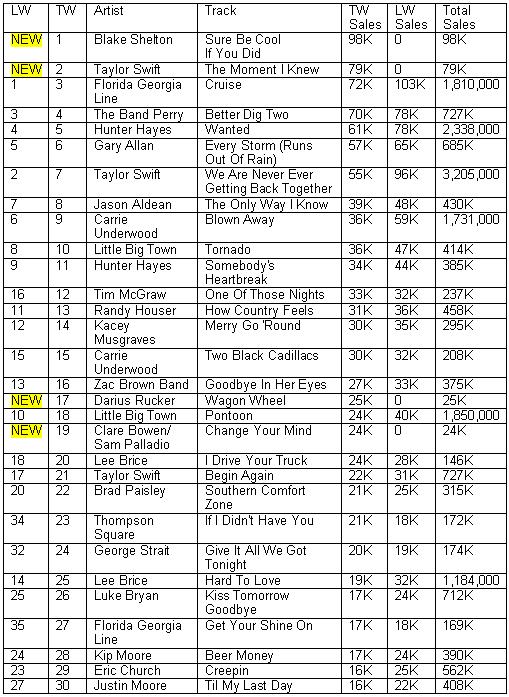
Many would attempt to replicate the success of “Love Me” – most notably figures like DJ Khaled, whose coterie cuts emphasized star power over substance – few could reach its heights. As for Drake, he placed 18 songs as a featured artist or a featured guest in the Hot 100 chart in 2013 alone. While Wayne’s peak as a hitmaker was behind him, labels could still bank on his presence and status as a king-maker. At this point in time, Drake and Wayne could not miss. That’s just the beginning of “Love Me”’s pop appeal. Having built a reputation on the strength of multiple genre-shifting trap mixtapes, Future’s pop sensibilities shine on “Love Me.” Though he’d later push nine songs into Billboard’s Top 10 (and 150 tracks featuring Future have entered the Hot 100), “Love Me” established Future as a cross-genre hitmaker. Transcript provided by NPR, Copyright NPR.Though Future wasn’t the lead artist, “Love Me” represented his biggest turn in the spotlight yet, a notable crossover breakthrough for one of the decade’s most revered artists. Silvio Pietroluongo is the director of charts at Billboard magazine. So, you know, radio still validates, I think, at the end of the day, what a major hit will be. But if you look at the top-selling downloads each week, if you look at the top streaming songs each week, 90 percent of the top it's the top radio hits. PIETROLUONGO: Of the three streams that we use - of sales, airplay and streaming - sales still weighs heavier than radio radio weighs heavier than streaming. It's been one of the dominant factors in determining chart position. GONYEA: So, talk about how important radio is given this change. GONYEA: Again, that's "Gangnam Style," that one, right? So, you saw this kind of activity with PSY, where it broke on YouTube and then it led to sales, which led to airplay and then led to way more sales.
#2013 billboard top 100 download
And it might actually be the number one selling download next week when we have our charts. PIETROLUONGO: Well, even if we didn't have YouTube in the calculations this week, the song would have debuted probably somewhere in the top 15 because it's been among the top-selling downloads this past week. GONYEA: Explain exactly what's happening with "Harlem Shake." It wasn't even on the charts and now it's number one. And we've had streaming in the Hot 100 for about five or six years, so this is just a continuance of increasing the pool of streamers that we have on the chart. That was the first charts, and then it was jukebox, airplay sales, vinyl, cassette, CDs, and then we moved into ringtones and digital downloads. GONYEA: When you say you've always adapted to modern times, I mean, if we go way, way, way back, I understand you used to count sheet music sales. And there's no denying the effect that YouTube is having on music and popular culture. PIETROLUONGO: Well, we always try to go where people are consuming music historically, and we've been doing this for decades now.

So, why the changes? Why start using YouTube? He's the director of charts at Billboard magazine. The guy behind those changes is Silvio Pietroluongo. This week, Billboard - for the first time - started to incorporate those views into its Hot 100 formula. Baauer's "Harlem Shake" has taken the top spot mostly because of views on YouTube.

But if you turn on the radio, you might not actually hear the song. And this week it shot to number one on the Billboard Hot 100, the most watched ranking in the music biz.

GONYEA: The song is "Harlem Shake" and it's by a DJ who calls himself Baauer - that's with two As. To music, and the number one song in America.


 0 kommentar(er)
0 kommentar(er)
